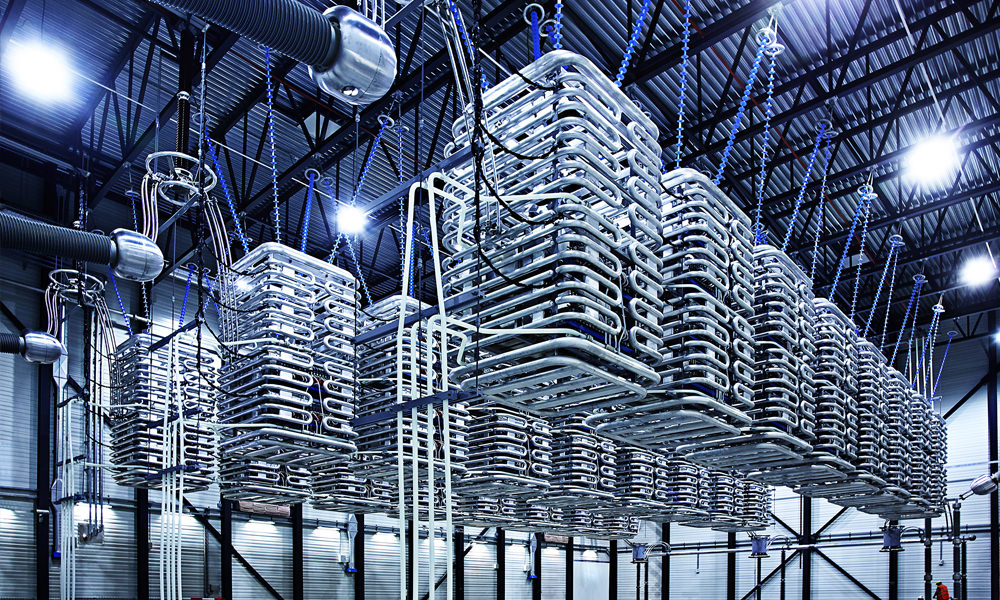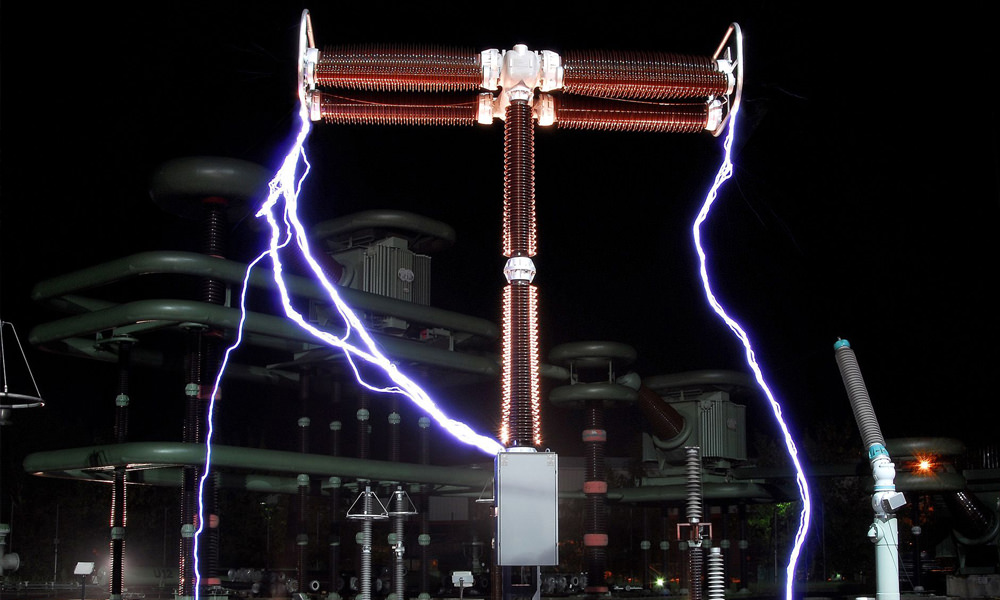HVDC TECHNOLOGY
High-Voltage Direct Current is a highly efficient alternative for transmitting large amounts of electricity over long distances & special purpose applications.
High Voltage Direct Current (HVDC) is a proven technology which can offer several distinct advantages over a typical Alternating Current (AC) Transmission system. Most notable is the ability to transfer bulk power over very long distances with higher efficiency and resulting lower electrical losses. HVDC also provides the technology to connect networks that are asynchronous or operating at different rated voltage and frequency. This makes HVDC Technology the preferred method to connect large AC systems around the world.
Other advantages offered by HVDC systems include controlling active power exchange, improving overall electric grid stability by increasing damping of power swings in AC networks, preventing cascading failures from propagating to other connected transmission areas and end to end long-haul bulk power transmission without requiring intermediate taps or substations to maintain system voltage integrity.
Another significant advantage that HVDC Technology offers is that is does not contribute to the short circuit current of the interconnected electric grid and therefore does not result in an increased fault current that may cause damage to circuit breakers and other equipment. This means that HVDC links can be added to the existing grid to help strengthen the network while avoiding potential costly upgrades to other connected equipment which often accompany AC solutions.





